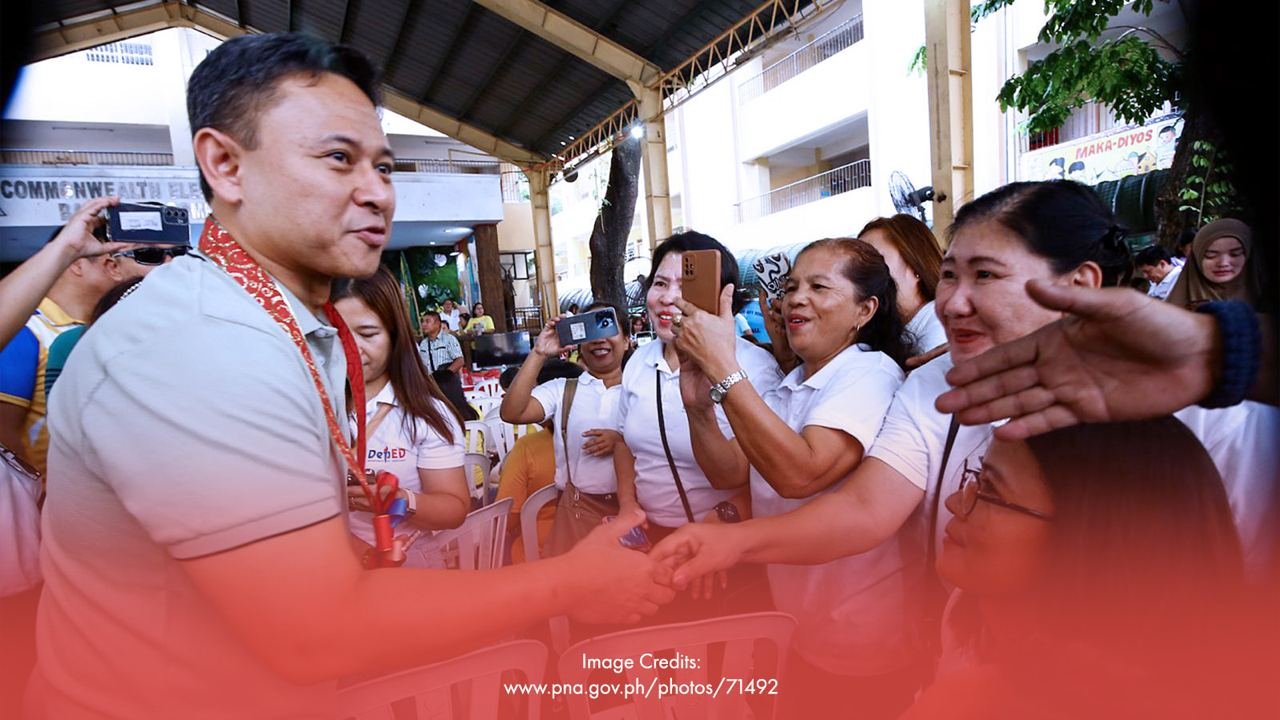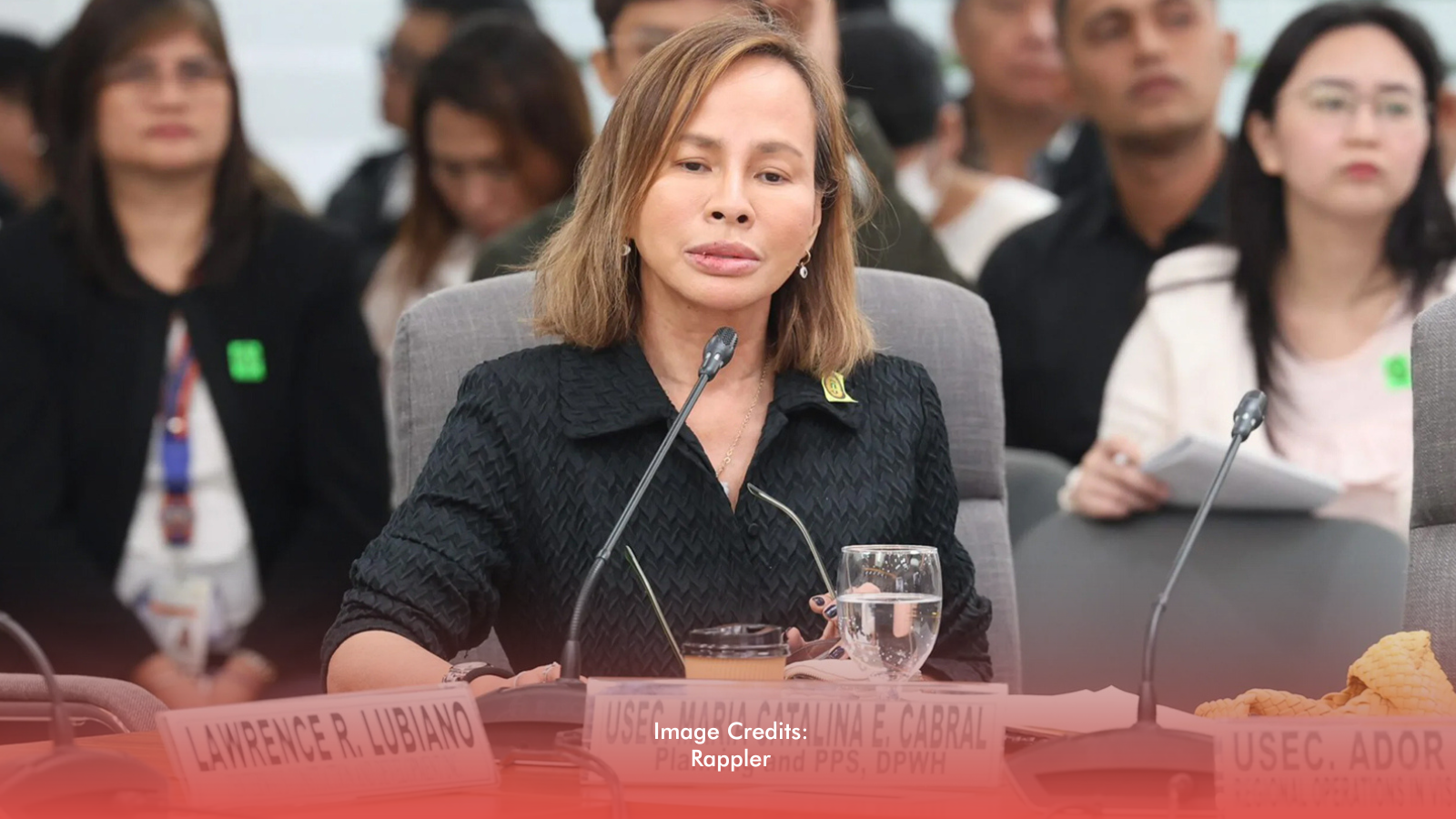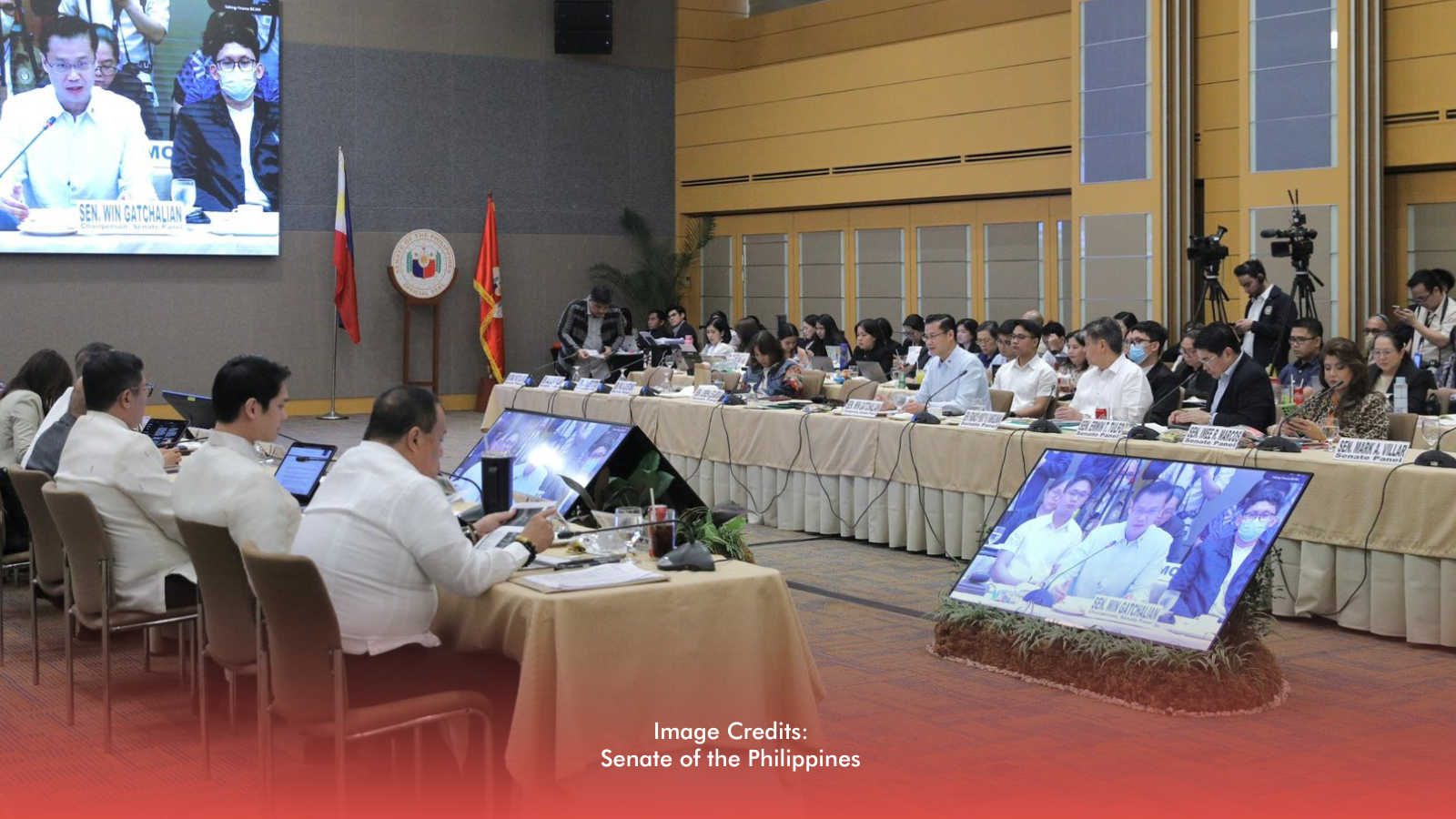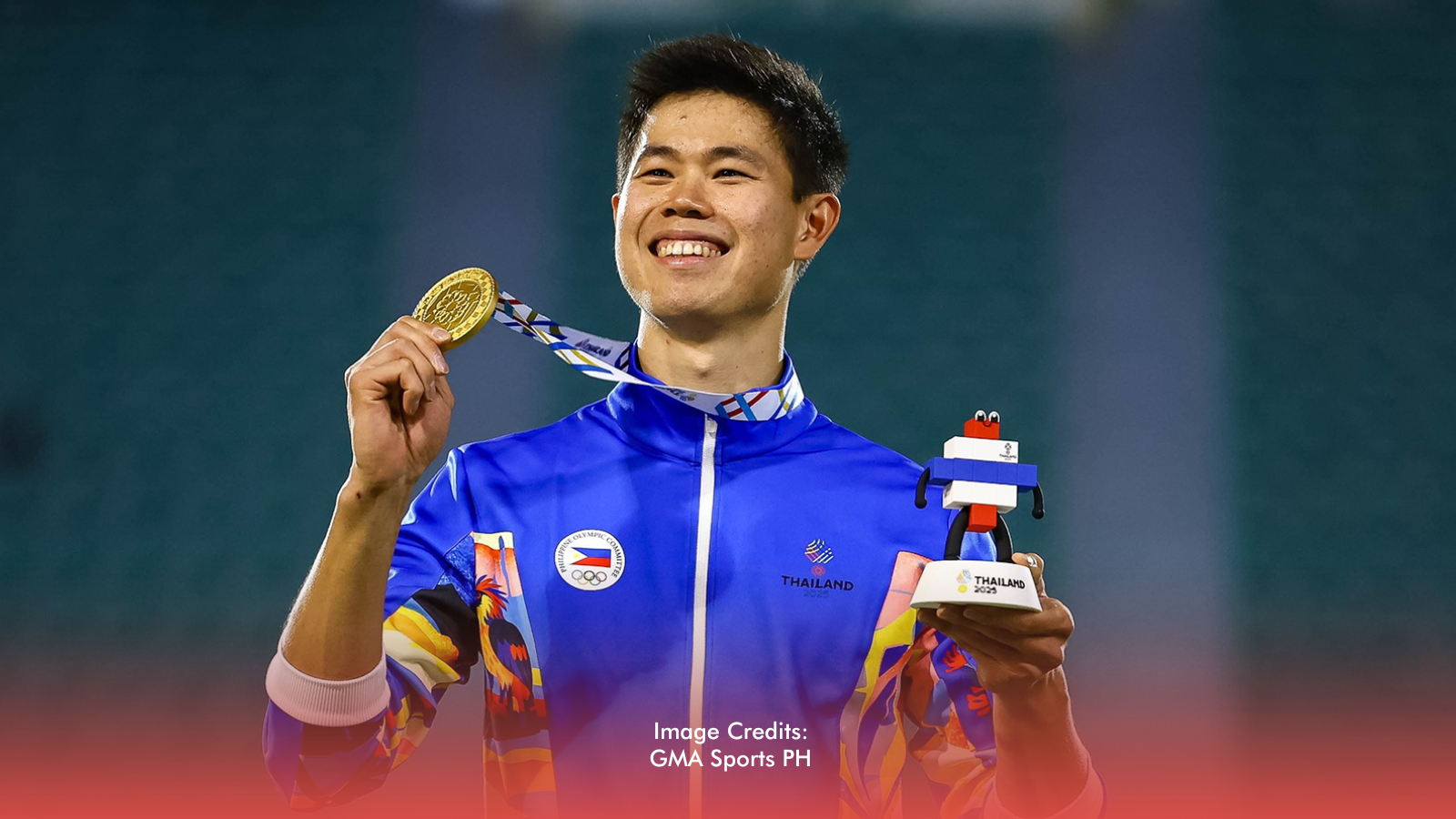Under Senator Sonny Angara, the Department of Education has launched reforms focused on teacher support, higher allowances, hiring thousands of new teachers, and improving school resources. This is the DepEd's answer to the long-standing struggle of overcrowding and the lack of teachers in Philippine education. For years, educators juggled large classes, endless paperwork, and limited resources.
These changes put teachers at the center of policy and give them the tools they need to focus on teaching.
RELATED: [Generation HOPE Program Launched To Bridge Classroom Gap]
Transforming Teaching
For many educators, small victories can feel transformative.
Teachers are now receiving significantly increased allowances, including support for medical needs and teaching supplies, helping them focus on their students rather than daily financial worries.
Administrative burdens, a constant source of stress, are being eased with the hiring of 7,062 school-based administrative officers under Contract of Service, deployed across eligible public schools nationwide. These officers take over paperwork and other non-teaching duties, giving teachers the time to engage more fully with their classrooms. Nearly 33,000 new teachers are joining the system, reducing class sizes and providing students with more individual attention. Thousands of promotions have been granted, recognizing the dedication and skill of educators.
Meanwhile, a 1:1 laptop-to-teacher ratio is targeted by 2028, with 240,000 laptops scheduled for rollout in 2026, signaling a step toward a modern, digitally equipped classroom. But of course, the impact of said programs reaches beyond our own educators.
Building Foundations for Students
The Academic Recovery and Accessible Learning (ARAL) Program focuses on foundational reading and mathematics skills, particularly for Kindergarten students. Early implementation has already shown improvements in literacy outcomes, giving children the skills they need to thrive in later years.
Classroom shortages, a constant source of frustration for both students and teachers, are being addressed through partnerships with local government units, civil society organizations, and private institutions. These collaborations accelerate construction, reduce costs, and create safe, resilient classrooms—spaces where students can focus, learn, and grow without the distraction of overcrowding.
For decades, Filipino teachers have labored under challenging conditions, often invisible to the wider public. Angara’s reforms represent more than policy—they offer recognition, relief, and renewed hope. By investing in educators and the classrooms they lead, the Philippines is taking a decisive step toward an education system that supports its teachers as much as its students.
A Turning Point for Philippine Education
These reforms mark a turning point for Philippine education. By giving teachers the support they need and creating learning environments where students can thrive, the country is taking concrete steps toward a system that values both educators and learners. The challenges are far from over, but for the first time in decades, there is reason for optimism in classrooms across the nation.
MORE LIKE THIS: [#PinoyPride: Lebron James of Mathematics Triumphs in Bulgaria]








